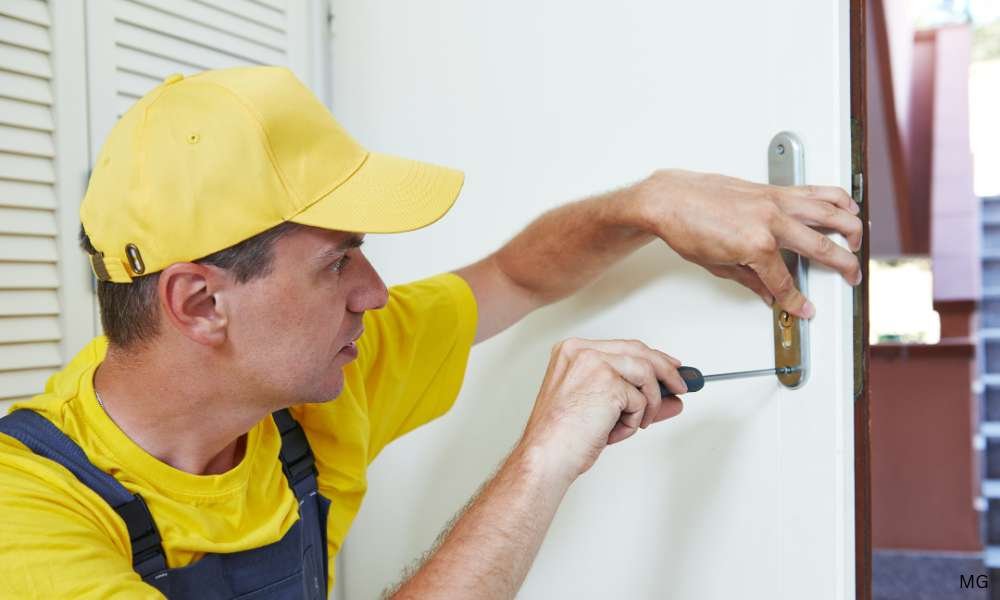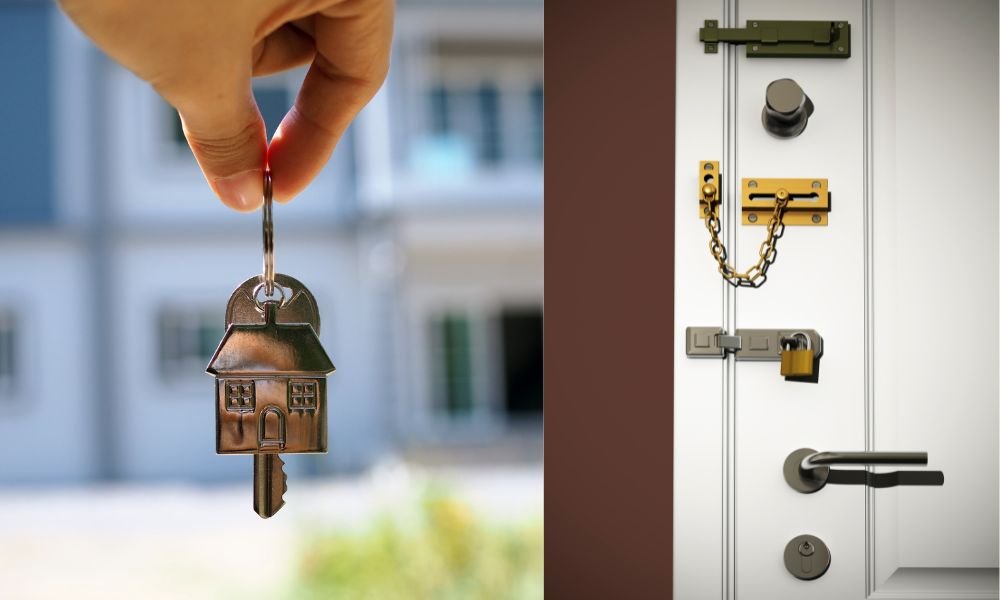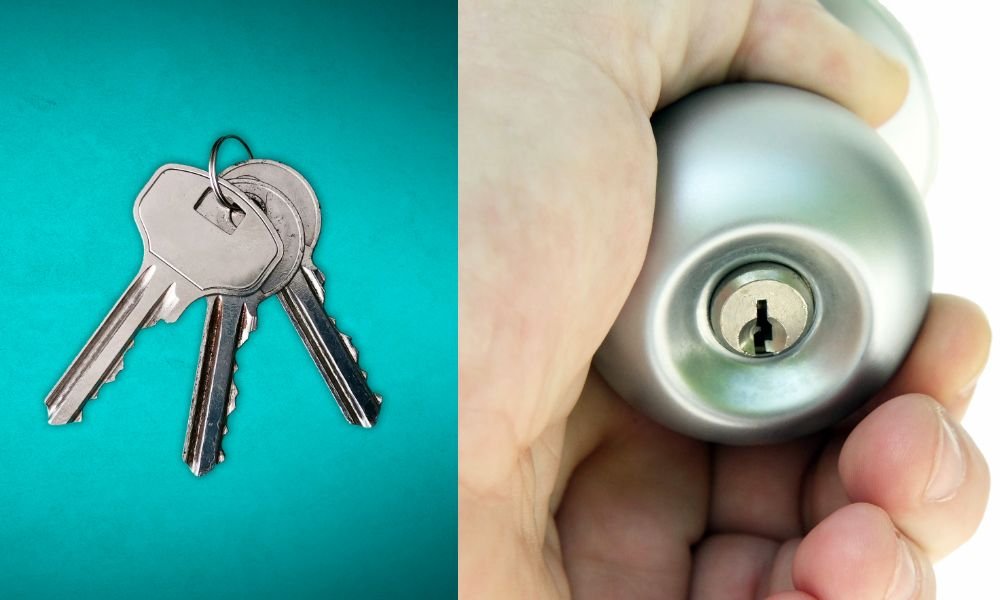A smoothly functioning door lock is essential for the security of your home. If you’re facing issues with your front door lock, it’s crucial to address them promptly. Whether it’s a sticky one, a key that won’t turn, or a deadbolt that doesn’t align, most common problems have straightforward fixes. This guide will walk you through the steps to diagnose and How to fix a front door lock, ensuring your home remains secure.
Identify the Problem

The first step in fixing your lock is to figure out exactly what is wrong. Common issues include difficulty in turning the key, the lock not catching in the frame, or the handle feeling loose. Each symptom can indicate a different underlying issue, so accurate identification is key to a successful fix.
Gather Your Tools
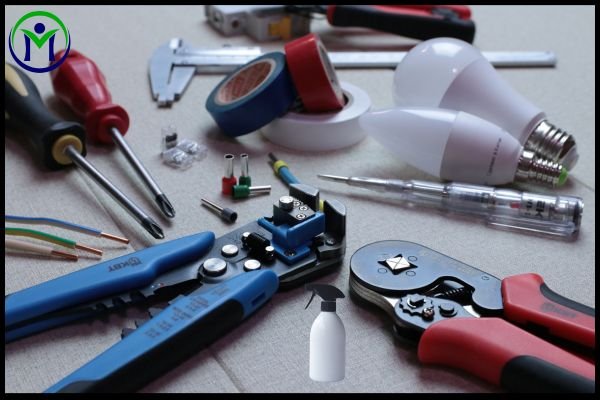
Before you begin the repair, make sure you have the right tools on hand. Typically, you’ll need:
- A screwdriver set
- WD-40 or a graphite-based lubricant
- A full pick set (for more advanced issues)
- Replacement parts (if necessary)
Having these tools ready will streamline the process and reduce the likelihood of having to stop midway through your repair.
Lubricate the Lock
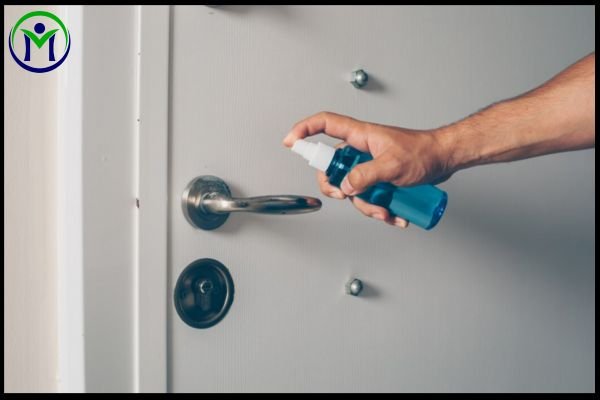
A common cause for a sticky type or key is a lack of lubrication. Using WD-40 or a graphite-based lubricant, spray into the keyhole and along the bolt of the lock. Insert your key and turn it several times to work the lubricant in. This can often free up the mechanism and resolve minor sticking issues.
Tighten the Hardware
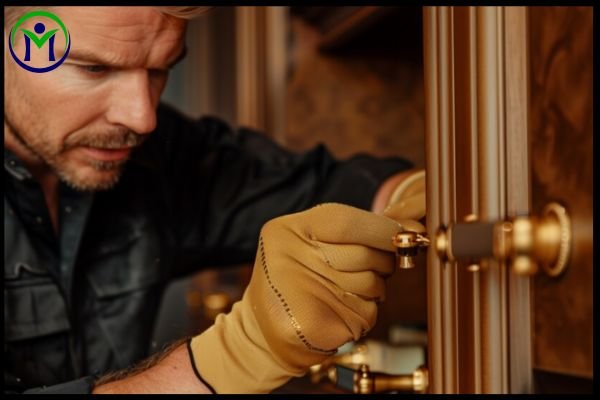
If the handle or mechanism is loose, the fix could be as simple as tightening the screws on the faceplate or the interior parts. Use a screwdriver to snug up any loose screws. Be careful not to overtighten, as this could strip the threads or damage the hardware.
Adjust the Strike Plate
Misalignment between the bolt and strike plate can prevent the door from locking properly. Inspect the alignment of the bolt and strike plate. If the bolt isn’t catching, loosen the screws of the strike plate and adjust its position until the bolt can engage smoothly. Sometimes, filing the strike plate slightly will provide a better fit.
Check the Key and Cylinder

Worn keys can cause the key to stick or not turn. Inspect your key for signs of wear. If it appears worn, try using a spare key to see if the problem persists. If the issue is with the cylinder, lubrication may help, but in some cases, cylinder replacement is necessary.
Replace Faulty Parts
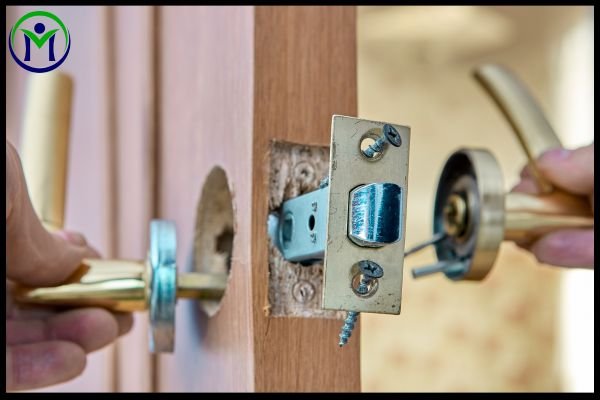
If after these adjustments don’t work as well, it may be time to consider replacing certain parts. For a cylinder that’s beyond repair, purchasing a new cylinder is often more cost-effective than replacing the entire lockset. Similarly, if the internal mechanism is damaged, replacement parts can restore functionality without the need for a full replacement.
Reassemble and Test the Lock
After making any adjustments or replacements, reassemble the lock and test its operation with the door open and closed. This testing will ensure that all components are working together seamlessly and that the door locks and unlocks smoothly.
Consider Professional Help
If you’ve tried these steps and the one is still not functioning correctly, it might be time to call a professional locksmith. Some issues, particularly those involving the internal mechanisms of complex locks, require specialized tools and expertise.
Conclusion
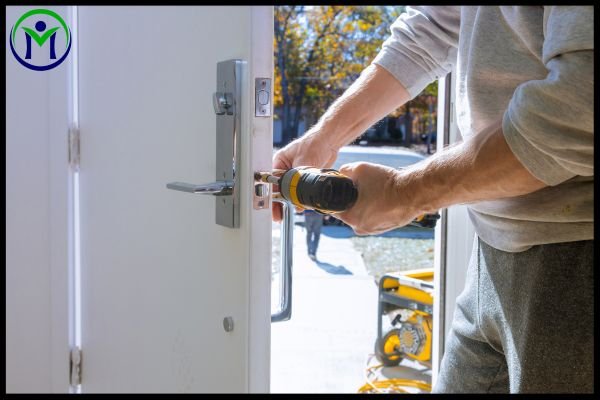
Repairing a front door lock can often be done with a few simple tools and some patience. By following these steps, you can resolve common issues and ensure that your lock works as intended, keeping your home secure. Remember, regular maintenance, such as cleaning and lubricating your lock, can prevent many problems from developing in the first place. However, if you’re ever in doubt, don’t hesitate to consult a professional to maintain your home’s security integrity.

